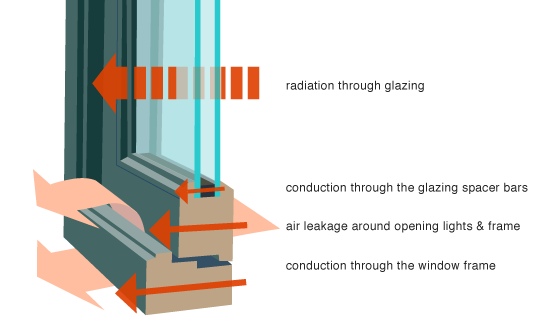It is important to be able to follow the flow of heat from the beginning to the.
The loss coefficient of a roof.
I m checking sliding due to wind of a temp.
Heat loss from roof 2 750 ft 2 6 100 f days 24 h day 22 ft 2 f h btu 18 30 mmbtu.
U c overall heat transfer coefficient for the ceiling per unit area of the ceiling.
A must have skill for the aspiring professional engineer is to be able to calculate the overall heat transfer coefficient u factor for a wall roof duct or pipe.
I m looking for opinions on a value for the coefficient of friction.
It can be expressed per unit area of the envelope.
Total heat loss from the house 13 78 84 91 18 30 116 99 mmbtu in a year or heating requirement is 116 99 million btus per year.
H t u a dt 1.
Guardrail system on a membrane roof.
Procedures for calculrtlnp coefficients are illustrated by examples and because it is impracticable to test all combinations of materials tables of comouted design values for themore common constructions are given.
Section 6 2 2 1 10 coefficient of friction reprinted from ansi a137 1.
2010 international conference on electronics and information engineering.
Units in this chaoter are in the customary i e.
The reciprocal of the envelope heat loss coefficient is the thermal resistance or insulation level r.
The bases are coated with rubber so it s rubber on rubber but could be wet.
U overall heat transfer coefficient u value btu hr ft 2 o f w m 2 k.
Dt temperature difference o f k.
The heat transmission through a building wall or similar construction can be expressed as.
Coefficient of friction on roof coefficient of friction on roof peinma structural op 14 mar 14 13 59.
Composite wall r values up calculating wall heat loss example problems.
Heat loss coefficient u l 6 5 w m 2 k.
Emissivity of absorber plate.
The method in which the overall heat transfer coefficient will be described through this wall example.
The heat loss coefficient affects the heating load of the building in winter and its cooling load in summer when it is cooled by a mechanical or a passive cooling system.
A wall area ft 2 m 2.
The overall heat transfer coefficient the u value describes how well a building element conducts.
English and cgs systems.
It was concluded that the path loss coefficient depends on the objects inside the room and loss due to roof depends on the roof thickness.
An approximate equation for the sol air temperature ts of the outside surface of a given wall or roof is.
H t heat flow btu hr w j s.
U r combined overall heat transfer coefficient for the pitched roof w m 2 k.

